20090122
20090120
Garður Iceland
Lighthouse
 First references about a lighthouse on Garðskaga exist from the year 1847, where a cairn(pile of stones), with an iron pole on top, was showing the mariners their way.
First references about a lighthouse on Garðskaga exist from the year 1847, where a cairn(pile of stones), with an iron pole on top, was showing the mariners their way.An article in the newspaper from August 1847 mentions that a welded iron construction, arriving by post ship, was to be set up at Garðskaga, to guide the boats into the bay of Faxaflóa. The whole construction, with a foundation beneath, was supposed to be about 9 meters high. This was not really considered a lighthouse, but was used as a guiding sign for several years.
 Finally, in 1897, a real lighthouse was built on the edge of the Garðskaga peninsula. It was a square building, made out of concrete, 12.5 m high and 3.25 m wide on each side. Connected to the building was a small room for the lighthouse keeper. Around the lighthouse was a 3 m high platform, all made out of cut stones. The tower had good quality light equipment that was fueled by gas. It consisted of a lens turned by a weight-driven clockwork. The keeper had to hand wind the clockwork mechanism every four hours, which made it necessary for him to stay in the lighthouse, even at night. In later decades, it was not thought to be without danger to stay in the lighthouse when breakers were high, so the keeper dwelt in the keeper´s house.
Finally, in 1897, a real lighthouse was built on the edge of the Garðskaga peninsula. It was a square building, made out of concrete, 12.5 m high and 3.25 m wide on each side. Connected to the building was a small room for the lighthouse keeper. Around the lighthouse was a 3 m high platform, all made out of cut stones. The tower had good quality light equipment that was fueled by gas. It consisted of a lens turned by a weight-driven clockwork. The keeper had to hand wind the clockwork mechanism every four hours, which made it necessary for him to stay in the lighthouse, even at night. In later decades, it was not thought to be without danger to stay in the lighthouse when breakers were high, so the keeper dwelt in the keeper´s house.  The new lighthouse on Garðskaga was built in 1944. One of the main reasons for its construction was the fact that the ocean had managed to erode more and more of the coast. The new tower is made out of concrete, is cylindrical and 28 m high, including the light construction. The Garðskaga lighthouse (the building itself) is the highest lighthouse in Iceland. The light equipment from the former lighthouse was moved into the new one, but the power source was soon changed from gas to electricity. A radio station was opened in Garðskaga in 1952 with the help of “ICE-SAR” (Icelandic Association of Search And Rescue). Four years later it was replaced by a modern station and provided with new equipment that had much better quality and covered a larger area.
The new lighthouse on Garðskaga was built in 1944. One of the main reasons for its construction was the fact that the ocean had managed to erode more and more of the coast. The new tower is made out of concrete, is cylindrical and 28 m high, including the light construction. The Garðskaga lighthouse (the building itself) is the highest lighthouse in Iceland. The light equipment from the former lighthouse was moved into the new one, but the power source was soon changed from gas to electricity. A radio station was opened in Garðskaga in 1952 with the help of “ICE-SAR” (Icelandic Association of Search And Rescue). Four years later it was replaced by a modern station and provided with new equipment that had much better quality and covered a larger area.See picture gallery
from sv-gardur.is
20090116
Breiðin Akranes
64°19′09″N 22°04′47″W
Lighthouse in Manitowoc, WI #0467
20090115
20090112
20090109
Mumbles Lighthouse
When I was a kid, I used to look out of my bedroom window (on the other side of Swansea Bay) and see the lighthouse. If there were waves crashing between the islands, then I'd know that there was probably good surfing to be had at Langland, just along the coast from here: good news if it was a weekend!
Light house - Sarpıncık feneri
Sarpıncık Feneri:
İzmir Körfezi'nin girişinde bulunan 1938 yılında yapılan Sarpıncık Feneri, Karaburun ilçesine bağlı Sarpıncık köyü sınırları içindedir. Fener yarımadanın en batı noktasında gemilere yön veriyor. Midilli, Sakız ve Yarımada üçgeninde müthiş bir manzaraya s
 ahip.
ahip. 
Şimdi orada olmak vardı.........
D-Marin - Turgutreis -Türkiye
20090108
Huron Lightship Museum
Huron Lightship Museum
at Pine Grove Park, Port Huron, Michigan
When retired from active service in 1970, she was the last lightship on the Great Lakes. Acquired by the City of Port Huron by mandate of area residents, the ship was enshrined at Pine Grove Park in 1972 as a tribute to her vigilance and in fond memory of a by-gone era. In 1989 the HURON Lightship was designated a National Historic Landmark. She is the only lightship on the Great Lakes to be so honored.
From the 1991 Calendar featuring photographs by William J. Luke
Lightship Finngrundet
 The Lightship Finngrundet, now a museum ship, moored in Stockholm, Sweden adjacent to the Vasa Museum. It operated off Finngrundet banks in the Baltic Sea during the ice free months from 1903 until replaced with an automated lighthouse in 1969.
The Lightship Finngrundet, now a museum ship, moored in Stockholm, Sweden adjacent to the Vasa Museum. It operated off Finngrundet banks in the Baltic Sea during the ice free months from 1903 until replaced with an automated lighthouse in 1969.
Digital photograph taken by Jll on 23 July 2005
en.wikipedia.org/wiki/Lightship_Finngrundet
At Portland Bill Lighthouse
I'm starting to dislike what I see going on in Flickr.
Those awards groups. Up to now, I've not had a problem with them. I'd occasionally post one of my own images into the 4 Aces or get invited into A Big Fave, and receive 3 or 4 comments from people who sign off with the group logo. Nowadays, judging by what I see in my Comments I've Made page, it seems comments are not necessary, just the icon alone! And a whole friggin bunch of them, at that! I personally have avoided posting into groups where I know I'll just get a string of stupid pictures, but of course not everyone does the same.
A saw a stream yesterday, with 1 or 2 comments on most pics, but with one picture with 894 comments on it. 894! And what were these comments made up of? Strings of icons from possible every single Awards group on Flickr! The person for some reason had decided to plug that particular picture in dozens of groups to achieve that massive number, but why? It was certainly evidence of the power of posting to groups, and if Flickr is about plugging one's work (I know that alot of hard work goes into making one's work seen on Flickr) then perhaps no-one should criticise people's posting efforts. Yet, taking the Heart Awards group as an example of one of the worst offenders, what possible meaning is there in twenty absent-mindedly-posted cartoon organs?
When one of my pics reaches 200 comments I think wow, people must like this one. And when I see a pic on Quizz or Rebekka's stream with an even higher number I think wow, people must have loved that pic! And still love it, to be continuing to aggregate the number of comments. Yet unfortunately on other people's streams, where you expect to see people's personal reactions to the image, you get blindly spewed logos that are too often not accompanied with actual human words. Bah humbug...
There are other things that annoy me but let's not mention them at the moment... probably best never to mention them.. :-P
P.S. After writing this, I reassure inviter-type people that I do like invites into groups. But inviting me to into something like the Heart Awards group will be futile... it's not the invites as such, but the icons posted from the group that are more of a problem..
View large on black!
Round Island Lighthouse on the Isles of Scilly - Cornwall

Round Island Lighthouse on the Isles of Scilly - Cornwall
Originally uploaded by Adam and Debbie Purser of Classic Sailing.
Position...
Latitude: 49° 58.70'N
Longtitude: 006° 19.35W
| The lighthouse on Round Island was built in 1887 and automated in 1987. |
Round Island, the most northerly outpost of the Scillies is a 40m mass of granite, the top forming a platform on which Trinity House built a lighthouse and dwellings in 1887 under conditions of extreme difficulty. The sheer rock face made the unloading of building materials almost impossible.
Today the only access, apart from by helicopter, is by a flight of steps out into the solid rock.
The enormous hyperradial optic, fitted to only two other lighthouses at the beginning of the 20th century, was replaced in 1967 with more modern apparatus.
This in turn was replaced during the automation of the lighthouse in 1987 when the present equipment was installed.
Round Island Lighthouse is monitored and controlled from the Trinity House Operational Control Centre in Harwich.
Specifications
| Established | 1887 |
| Height Of Tower | 19 Metres |
| Height Of Light Above Mean High Water | 55 Metres |
| Automated | 1988 |
| Electrified | 1966 |
| Lamp | 1 Kw Mbi |
| Optic | 360MM Revolving Optic |
| Character | One White Flash Every 10 Seconds |
| Intensity | 340,000 Candela |
| Range Of Light | 24 nautical miles |
| Fog Signal Character | 4 Blasts Every 60 Seconds |
another photo www.cornwalls.co.uk/photos/img2191.htm
Manacles East Cardinal Buoy on Voyage E629 Summer 2006

Manacles East Cardinal Buoy on Voyage E629 Summer 2006
Originally uploaded by Adam and Debbie Purser of Classic Sailing.
Historically many ships came to grief there and the local church at St Kevern has many graves of sailors.
20090107
Skerryvore Lighthouse
| |||
1844 Alan Stevenson, son of Robert completes the Skerryvore lighthouse twenty-five miles off the coast of Mull. It is considered a feat of engineering genius with a tower 48 metres high.Robert's son, Alan, also became a famous engineer by designing a lighthouse, which is probably one of the wonders of Victorian engineering. On the west coast he constructed a light tower on a reef that was 48 metres high. He calculated that if the weight of the stone was enough, there was no requirement for dovetailing the stones. The lighthouse was constructed of over 4000 tons of stone and relied on weight alone to keep it in position. Needless to say the light is still there guiding mariners away from the reef. |
Fan Page
skerryvore more


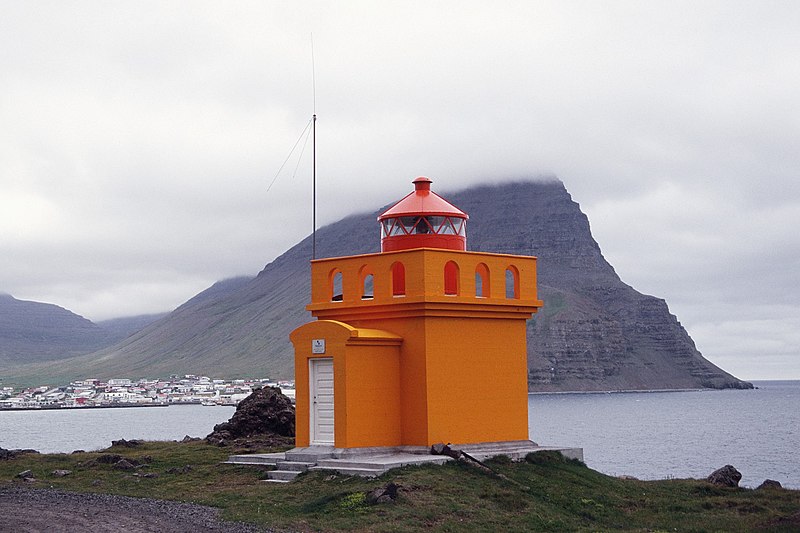









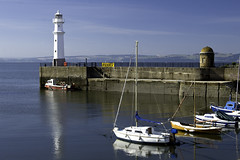




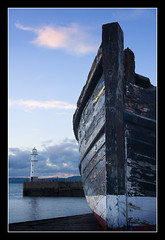


 photo © Adrian Welch
photo © Adrian Welch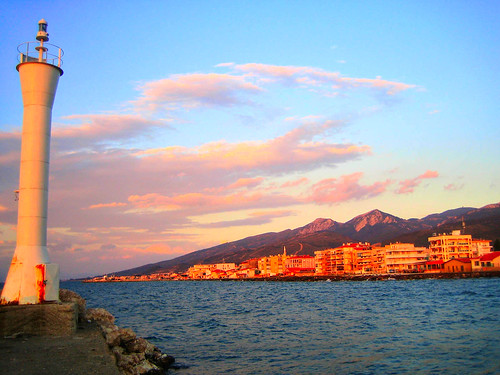
















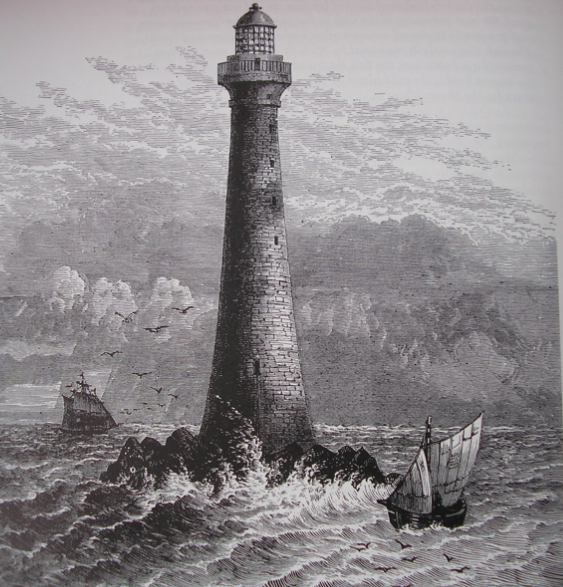






































































































.jpg)






























































































































